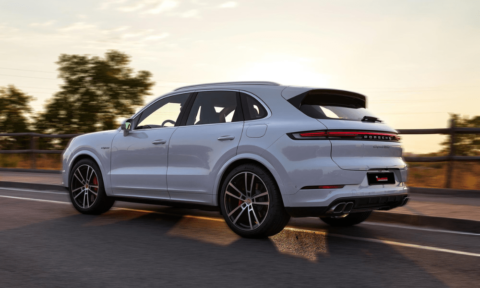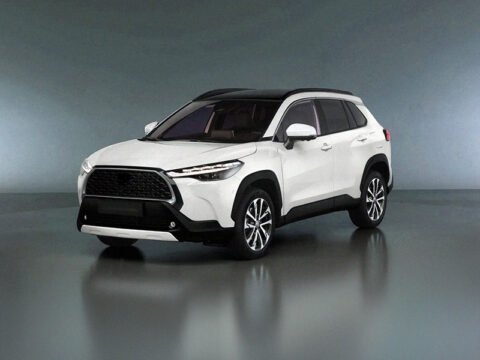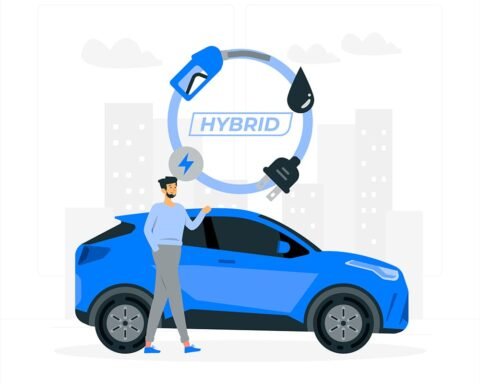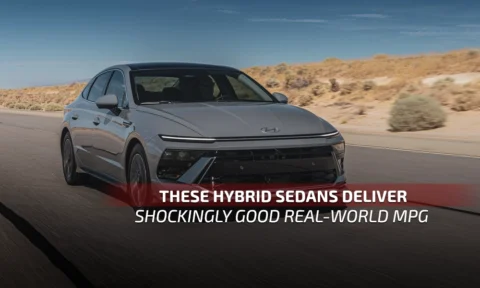In today’s fast-evolving automotive landscape, hybrid cars are taking center stage. Blending traditional fuel efficiency with modern electric innovation, hybrids offer a greener, smarter way to drive. But how exactly do they work? For many beginners, the concept might seem complicated—but don’t worry, this guide simplifies everything.
What is a Hybrid Car?
A hybrid car combines two types of power sources: a traditional internal combustion engine (usually gasoline-powered) and one or more electric motors. These two systems work together or independently to power the vehicle, depending on the driving conditions and energy demands.
The Core Components of a Hybrid Vehicle
At the heart of every hybrid car are four essential components: the gasoline engine, the electric motor, the battery pack, and the power control unit. The gasoline engine provides high-end power for long drives and high speeds. The electric motor delivers instant torque and efficient energy use during low-speed commutes or stop-and-go traffic. The battery stores energy, while the control unit decides when to switch between the two systems or use both simultaneously.
How Hybrid Cars Save Fuel
One of the key advantages of hybrid vehicles is their ability to reduce fuel consumption. The electric motor can power the car alone at low speeds, which means the gas engine doesn’t need to work as hard. During braking or deceleration, hybrids use a process called regenerative braking to capture and reuse energy that would otherwise be lost—further boosting fuel efficiency.
Types of Hybrid Cars Explained
There are three main types of hybrid vehicles. Full hybrids, like the Toyota Prius, can run solely on electricity, gas, or a combination of both. Mild hybrids use a smaller electric motor to assist the engine but can’t drive the car on electricity alone. Plug-in hybrids have larger batteries that can be charged from an external source, offering longer electric-only range for daily drives.
Switching Between Power Modes
One of the most fascinating aspects of hybrid cars is their seamless transition between power modes. In city traffic, the car might use only the electric motor. On highways, it might switch to the gas engine. And when more power is needed—like during acceleration—it may use both. This balance ensures optimal performance and efficiency at all times.
Are Hybrid Cars Worth It?
For many drivers, hybrid vehicles offer the best of both worlds: lower fuel costs, fewer emissions, and a smoother driving experience. While the initial price might be slightly higher than traditional cars, the long-term savings on fuel and maintenance often make up for the difference.
Maintenance and Longevity
Hybrid cars are designed for durability and efficiency. Contrary to popular belief, they don’t require significantly more maintenance than regular cars. In fact, because the electric motor reduces strain on the gas engine, many hybrid components tend to last longer. Plus, manufacturers often offer generous warranties on hybrid batteries, easing any long-term concerns.
The Future of Hybrid Mobility
As the world moves towards more sustainable transportation, hybrid cars serve as a bridge between conventional gasoline vehicles and fully electric models. They’re an excellent choice for environmentally conscious drivers who aren’t quite ready to go fully electric.
Smarter Driving Starts Here
Understanding how hybrid cars work empowers you to make informed decisions about your next vehicle. With their clever combination of gas and electric power, hybrids are not just a trend—they’re a practical and powerful solution for modern mobility.







